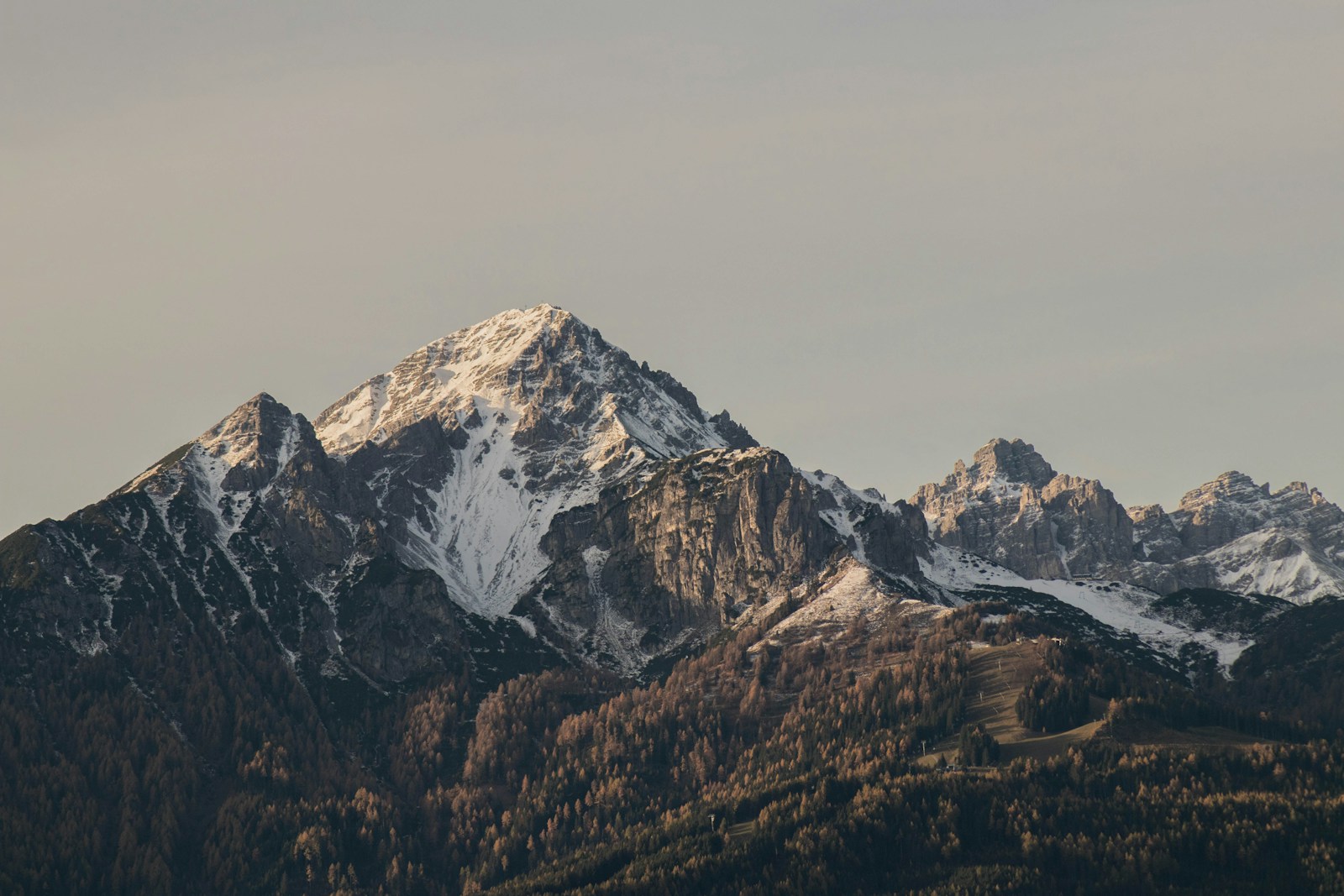Across the vast and varied landscapes of America’s national parks lie stories far older than the parks themselves. For countless generations before these lands were designated as protected areas, Native American tribes inhabited these territories, developing profound spiritual connections with the natural world around them. Their creation stories—passed down through oral tradition—explain not only the origins of their people but also the formation of the land’s most striking features. These narratives infuse mountains, rivers, and valleys with sacred significance, offering alternative perspectives on landmarks that millions of visitors admire annually for their scenic beauty. By exploring these creation stories, we gain deeper appreciation for both the cultural heritage of indigenous peoples and the natural wonders preserved within the U.S. National Park System.
The Sacred Geography of Yellowstone
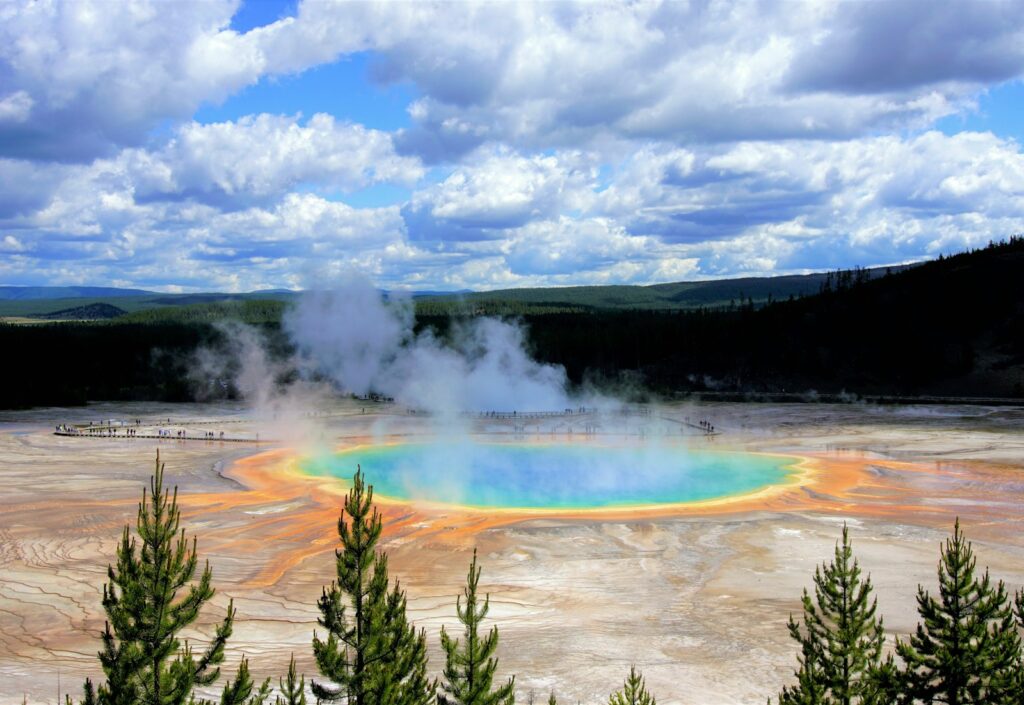
Yellowstone National Park holds profound significance in the mythology of several tribes, particularly the Crow, Shoshone, and Blackfeet nations. According to Crow tradition, the park’s geothermal features were created when a massive serpent, angered by hunters, twisted beneath the earth’s surface, breaking through in places to release its fiery breath. The colorful hot springs represent the serpent’s scales, while the geysers manifest its rage through periodic eruptions. The Shoshone viewed the region differently, believing the thermal features served as portals where powerful spirits traveled between worlds. For these tribes, the bubbling mud pots and steaming vents weren’t mere geological curiosities but evidence of ongoing communication between the physical and spiritual realms.
Devils Tower and the Kiowa Legend
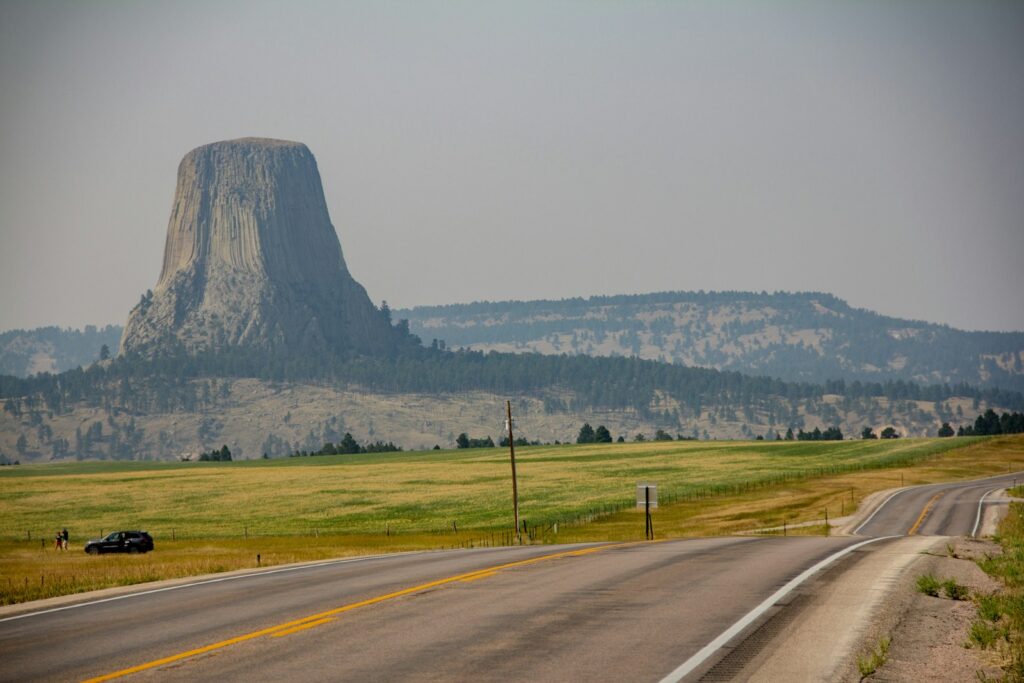
Rising dramatically from the Wyoming plains, Devils Tower National Monument features prominently in numerous tribal creation stories, with the Kiowa account being particularly compelling. Their narrative tells of seven sisters pursued by an enormous bear whose claws carved the distinctive vertical striations visible today as the girls fled upward. As they reached the summit, the Great Spirit raised the formation skyward, transforming the sisters into the stars of the Pleiades constellation. The Lakota share a similar legend, though in their telling, the bear was pursuing a single woman who prayed for divine intervention. These stories explain not only the tower’s unusual appearance but also the reverence with which many tribes still approach this site, conducting ceremonies and leaving prayer bundles at its base.
Grand Canyon’s Emergence Stories
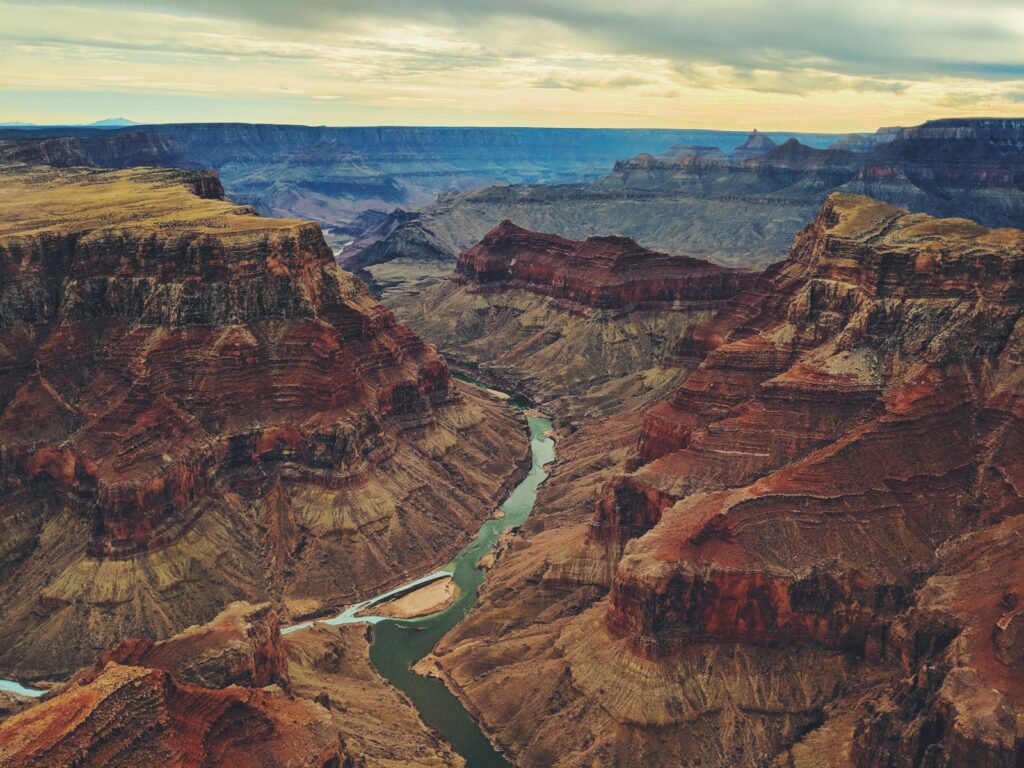
The Hopi people consider the Grand Canyon the sacred site of their emergence into this world. According to their tradition, humans evolved through three previous worlds before emerging into the current fourth world through the sipapu—a symbolic place of emergence often represented by the Colorado River’s pathways through the canyon. The nearby Havasupai, whose name means “people of the blue-green water,” maintain that their ancestors were created in the canyon itself, explaining their deep connection to both the land and the turquoise waters of Havasu Creek. For the Navajo (Diné), the canyon represents an essential boundary of their traditional homeland, marked by sacred mountains in each cardinal direction. These relationships to the Grand Canyon demonstrate how indigenous cosmology and geography intertwine, creating sacred landscapes that defined tribal identities long before becoming tourist destinations.
Yosemite Valley in Miwok and Paiute Mythology
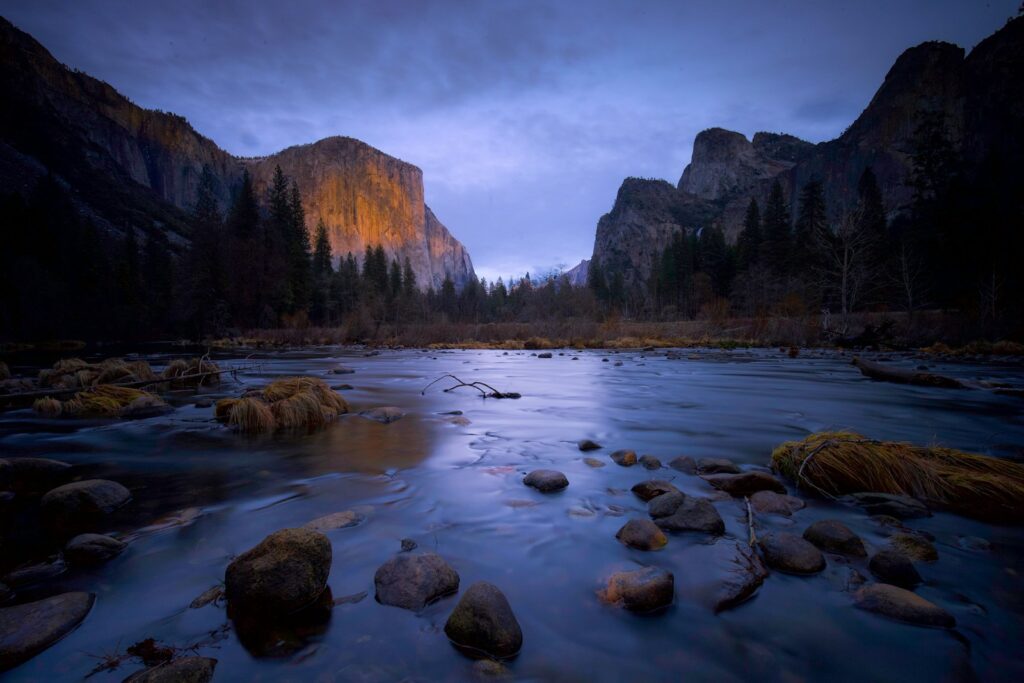
The dramatic granite formations of Yosemite Valley feature prominently in the creation stories of the Southern Sierra Miwok and Paiute peoples. According to Miwok tradition, Half Dome was once a young woman named Tis-sa-ack who argued with her husband, leading both to be transformed into stone features within the valley as punishment. The husband became North Dome, forever facing his wife across the valley in a perpetual reminder of their quarrel. The Ahwahnechee people, who inhabited the valley for generations, named it “Ahwahnee,” meaning “mouth like a bear”—referencing how the valley’s shape resembled a gaping bear’s mouth when viewed from certain perspectives. These stories created a landscape populated with mythological figures, where natural features served as daily reminders of moral lessons and tribal histories.
Mesa Verde and Ancestral Pueblo Origin Tales
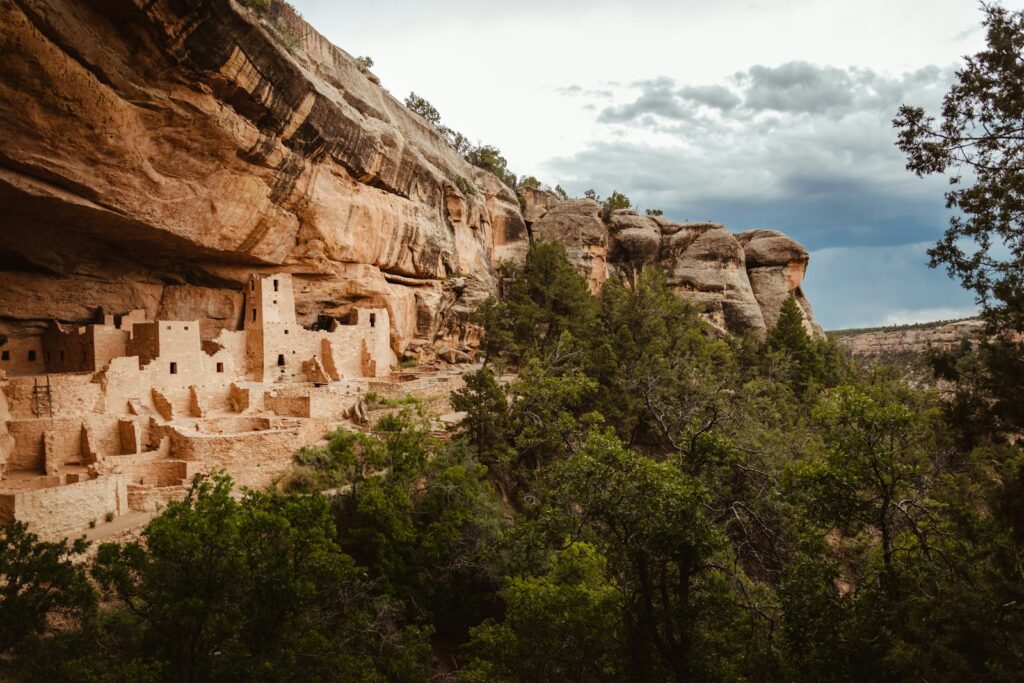
The cliff dwellings of Mesa Verde National Park represent not just archaeological treasures but living connections to Ancestral Pueblo cosmology. According to Pueblo oral tradition, their ancestors emerged from the underworld through a sipapu (a small hole or indentation) before migrating across the landscape, building increasingly complex settlements as they evolved spiritually. The kivas—ceremonial chambers found throughout Mesa Verde—feature small floor holes representing this original emergence point, maintaining the connection between present religious practices and creation stories. For modern Pueblo peoples, including the Hopi and Zuni, these ancient dwellings aren’t abandoned ruins but ancestral homes still inhabited by the spirits of those who came before. This perspective transforms Mesa Verde from an archaeological site into a living spiritual landscape where the boundaries between past and present blur.
Olympic Peninsula’s Transformation Tales
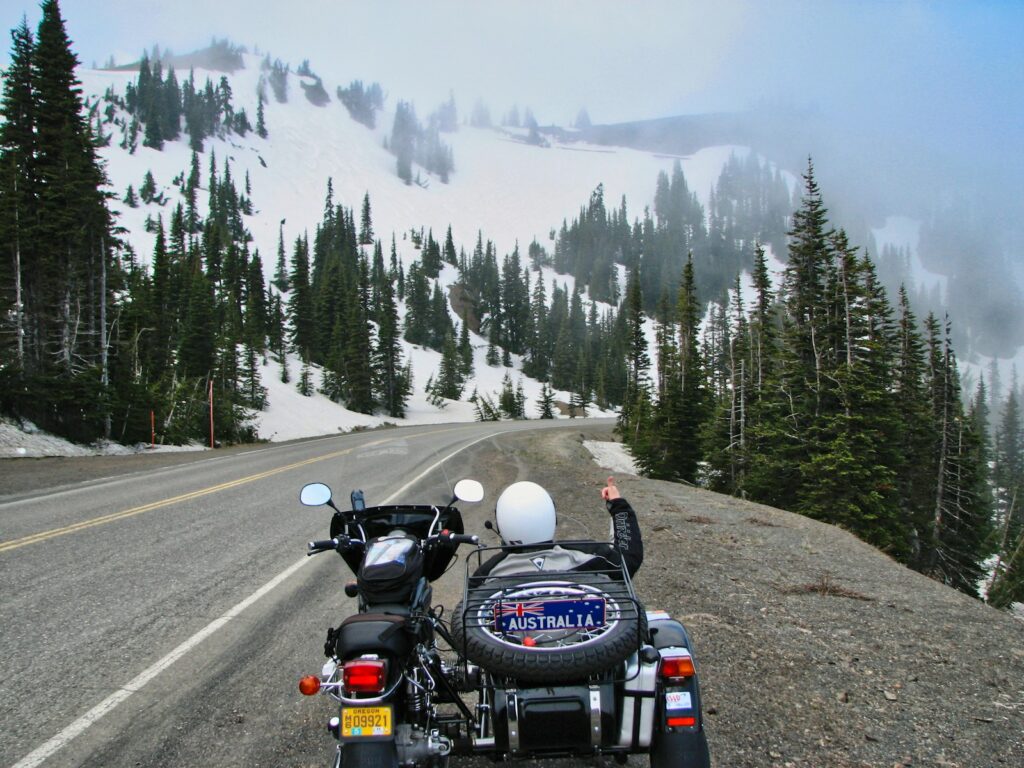
The diverse ecosystems of Olympic National Park feature prominently in the creation stories of the S’Klallam, Makah, and Quileute tribes of the Pacific Northwest. Quileute tradition holds that they were transformed from wolves into humans by a wandering transformer who reshaped the world. This shape-shifting theme extends to features like the sea stacks along the coast, believed to be whales turned to stone by a powerful transformer figure. The Makah tell of how Thunderbird, a mighty supernatural being, battled with Whale near Cape Flattery, creating many of the dramatic coastal formations during their epic struggle. These stories reflect a worldview where transformation is constant and natural features serve as evidence of past supernatural events that shaped both the land and the people who inhabit it.
Crater Lake’s Violent Birth in Klamath Mythology
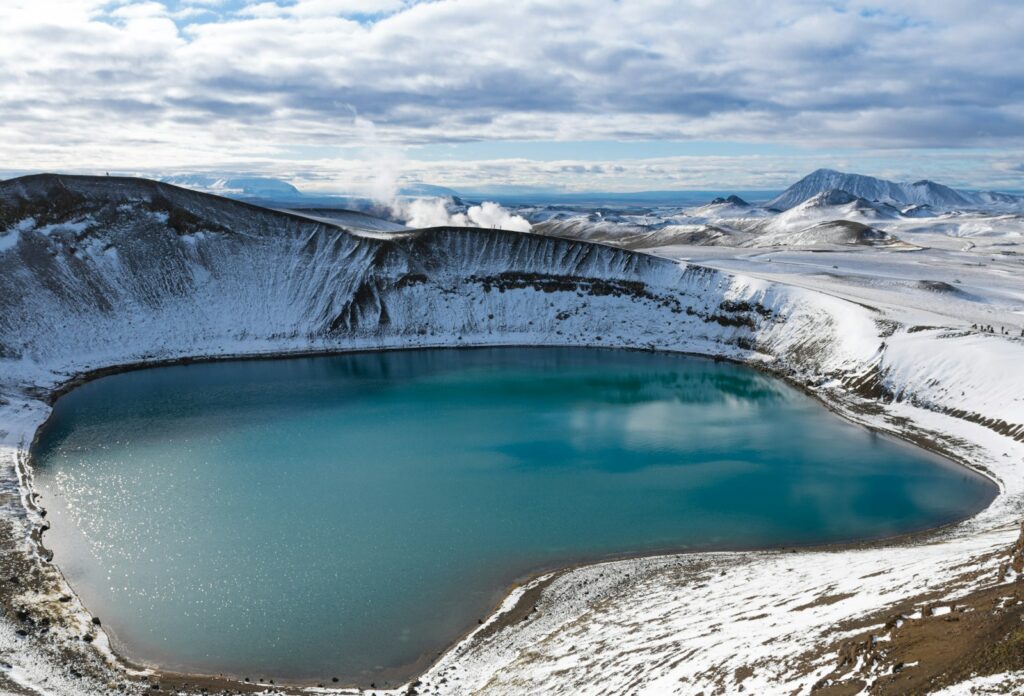
The stunning blue waters of Crater Lake National Park emerged from one of Native America’s most dramatic creation stories, preserved in Klamath oral tradition. According to their accounts, the mountain once known as Mount Mazama housed a fierce battle between Llao, spirit of the underworld, and Skell, spirit of the above-world. Their destructive conflict culminated in the mountain’s collapse, creating the caldera that would fill with water to become Crater Lake. Wizard Island, rising from the lake’s waters, represents a final stand in this supernatural conflict. The Klamath people considered the lake so sacred that only shamans and those undertaking vision quests were permitted to view its waters. This perspective adds profound spiritual context to what geologists recognize as North America’s deepest lake, formed by volcanic eruption approximately 7,700 years ago.
Badlands and Lakota Creation Narratives
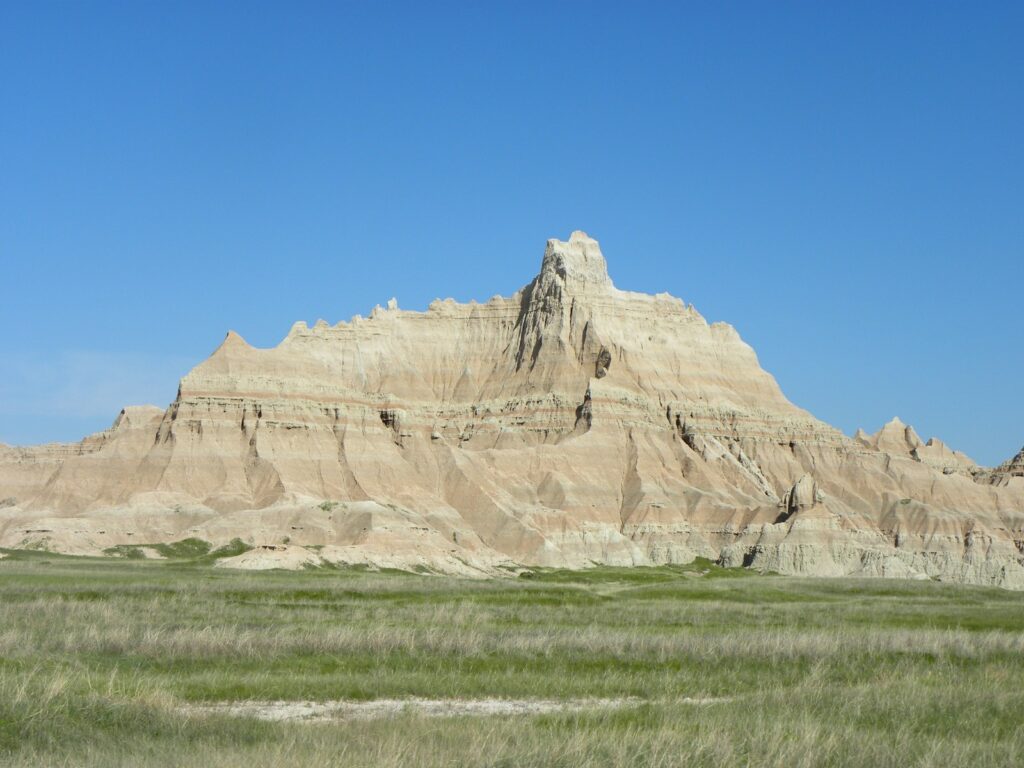
The otherworldly landscape of Badlands National Park features prominently in Lakota Sioux creation mythology, where the stark formations bear witness to ancient supernatural events. Lakota stories describe the region as the remains of a massive beast that consumed countless animals before being defeated by tribal heroes, its bones calcifying into the distinctive spires and ridges visible today. Other Lakota narratives speak of the Badlands as “mako sica” (land bad), formed when the original flat prairie was punished and twisted by Creator for the misdeeds of early humans. The White River that borders the formation was said to have been colored by the milk of a supernatural white buffalo, explaining its distinctive appearance. These stories transform an already dramatic landscape into living testimony of both divine punishment and ultimate redemption.
Zion Canyon and Southern Paiute Cosmology
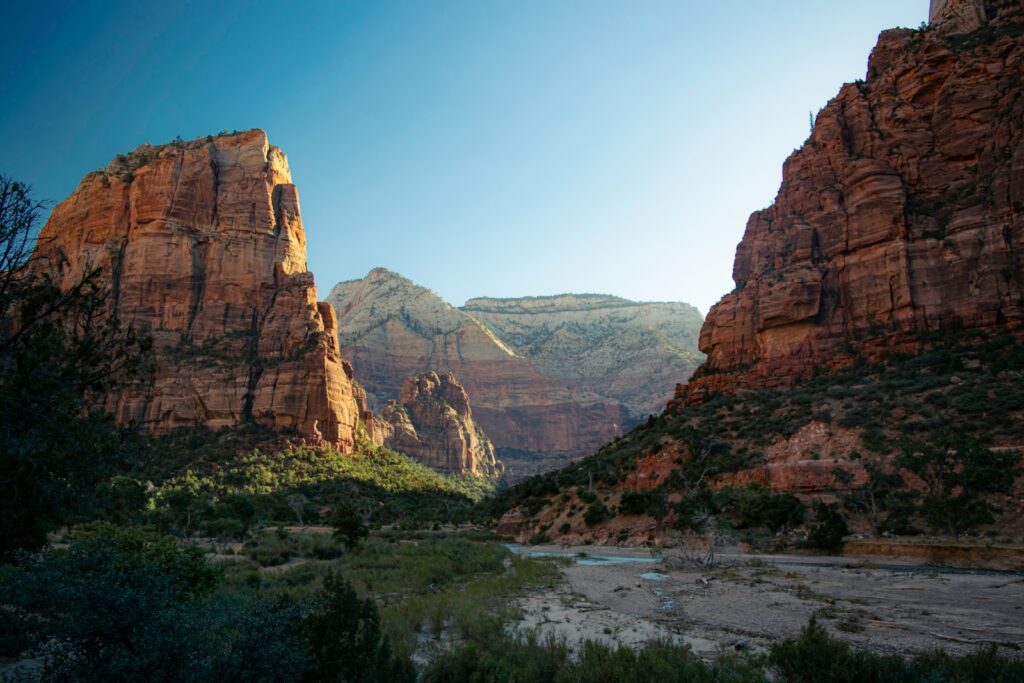
The towering sandstone walls of Zion National Park bear profound significance in Southern Paiute cosmology, where they mark the intersection between physical and spiritual realms. The Paiute name for the canyon, “Mukuntuweap,” translates to “straight canyon” or “straight arrow,” referencing both its physical shape and its significance as a direct path to higher spiritual understanding. According to tribal tradition, the Virgin River that carved the canyon serves as the bloodline of Mother Earth, nourishing the land and connecting the people to their creator, Tobats. The distinctive red coloration of the sandstone cliffs was explained as the blood of supernatural beings who once inhabited the canyon before transforming into stone when humans arrived. These perspectives reframe Zion not merely as a scenic wonder but as a living temple where geological features serve as portals to divine understanding.
Great Smoky Mountains in Cherokee Tradition
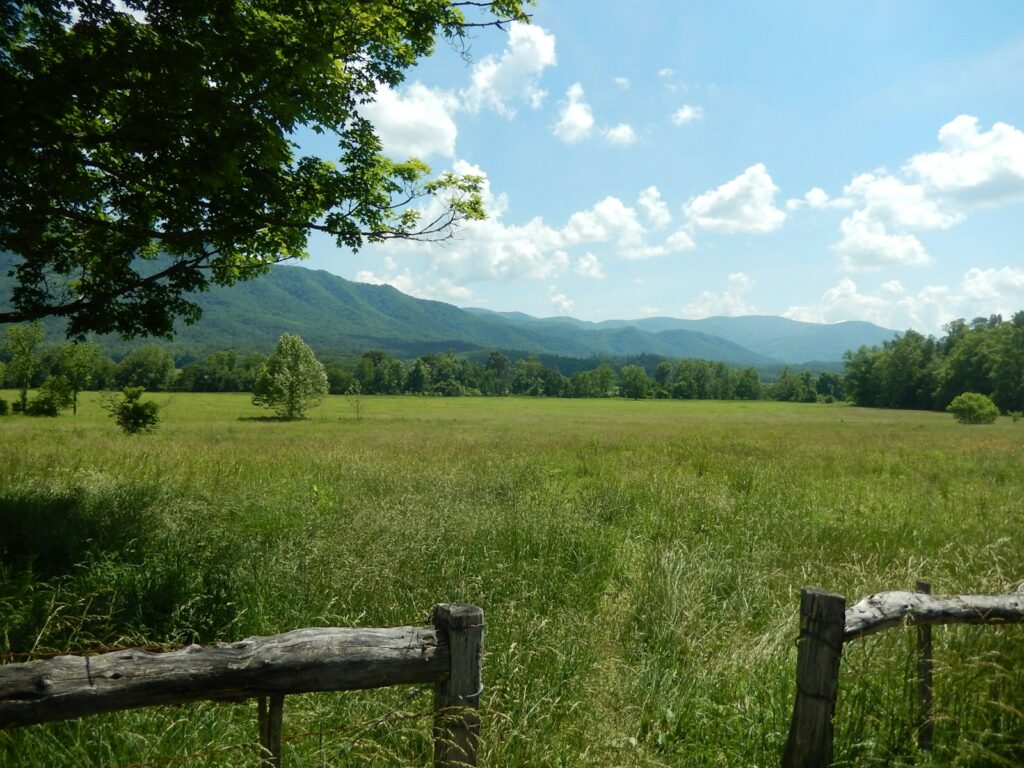
The ancient mountains of Great Smoky Mountains National Park hold special significance in Cherokee creation stories, explaining both geological features and cultural practices. Cherokee tradition tells that when the earth was created, the Great Buzzard was sent to dry the land, but became tired as he flew over what would become the Smokies. His flapping wings struck the soft earth, creating the valleys and peaks that characterize the range today. The distinctive blue haze that gives the mountains their name was explained as the breath of the mountains themselves—living entities that breathe and communicate with those attuned to their voices. Water features within the park, particularly Clingmans Dome (Kuwahi), were considered portals to the underworld where medicine people could communicate with powerful spirits. These stories transformed the landscape into a living text that reinforced tribal identity and preserved ecological knowledge across generations.
Glacier National Park and Blackfeet Mythology
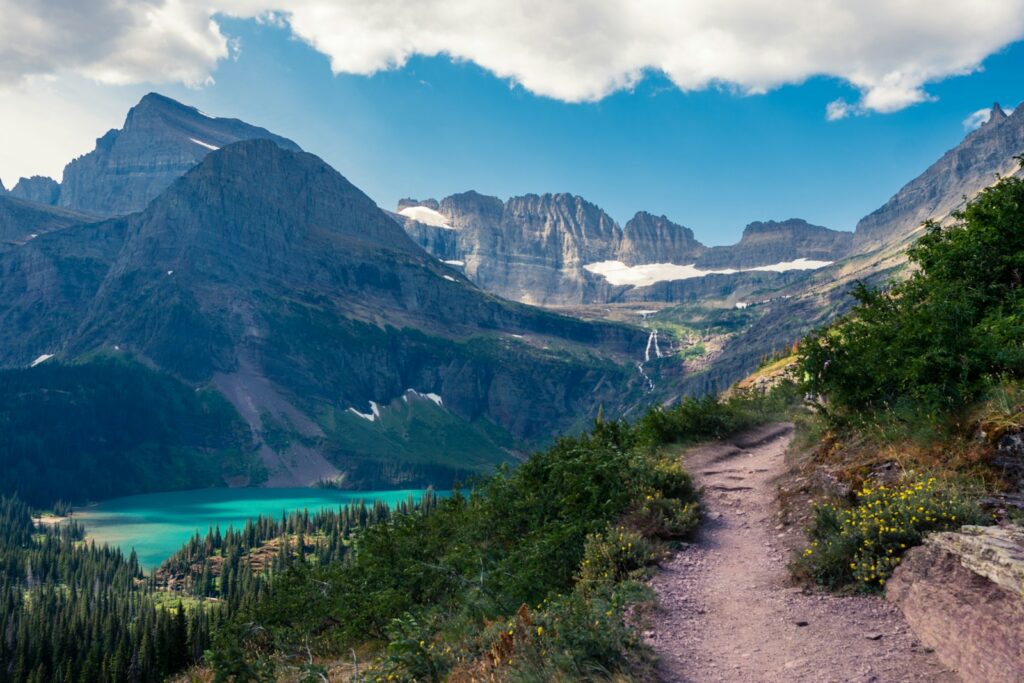
The dramatic peaks and valleys of Glacier National Park represent sacred geography in Blackfeet tradition, where they’re known as the “Backbone of the World.” According to Blackfeet mythology, the creator Sun (Napi) formed these mountains as his final and greatest work before leaving the physical world. Chief Mountain, standing isolated at the park’s eastern edge, served as an essential vision quest site where young men sought spiritual guidance through dreams and fasting. St. Mary Lake features in stories of Star Boy, a celestial being who fell to Earth and grew up to become Scarface, a cultural hero who brought important ceremonies to the Blackfeet people. The glaciers themselves were considered the frozen tears of ancestors watching over their descendants, creating a landscape where geological features carried profound emotional and spiritual significance.
Hawai’i Volcanoes and Native Hawaiian Traditions
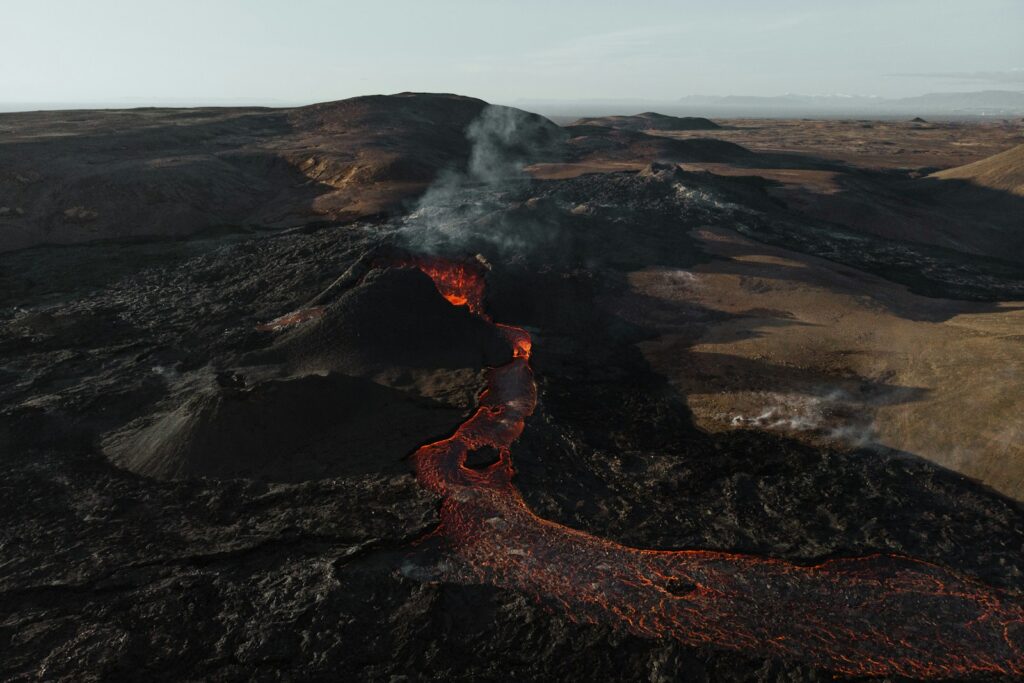
The active volcanoes protected within Hawai’i Volcanoes National Park embody the living presence of Pele, the Hawaiian goddess of fire and creation. Native Hawaiian traditions describe how Pele traveled from island to island, creating the Hawaiian archipelago through her fiery temperament before making her final home in Kīlauea’s caldera. The various geological features within the park represent different aspects of her story—Pele’s tears (volcanic glass), Pele’s hair (fine glass fibers), and even the steam vents that represent her breath. Unlike many creation stories that describe events of the distant past, Native Hawaiian traditions view Pele as an active, present force—evident whenever fresh lava flows reshape the island’s shoreline. For Native Hawaiians, volcanic eruptions aren’t natural disasters but sacred manifestations of Pele’s power, deserving of respect through specific protocols and offerings even as they transform the landscape.
Preserving Sacred Narratives for Future Generations
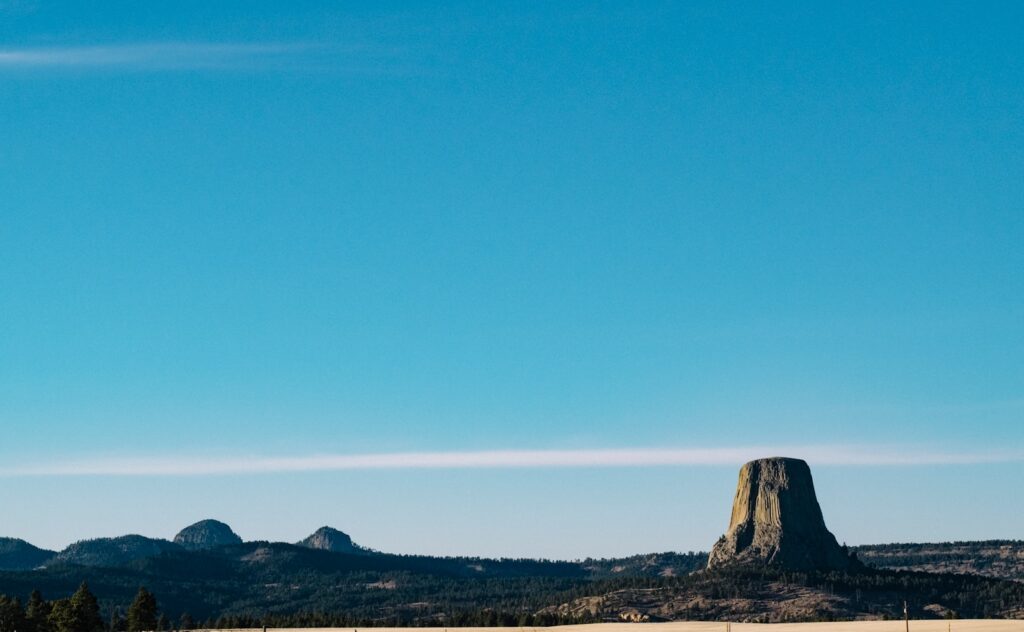
As the National Park Service evolves in its approach to cultural heritage, many parks now actively collaborate with affiliated tribes to incorporate indigenous perspectives into visitor experiences. These partnerships have led to interpretive displays that present creation stories alongside scientific explanations, recognizing both as valid ways of understanding landscape formation. Some parks have established indigenous cultural centers where tribal members share traditional knowledge through storytelling, art, and demonstrations of cultural practices. Several parks have implemented policies respecting tribal requests regarding sacred sites, including temporary closures during ceremonies or restrictions on climbing certain features like Devils Tower during important religious observances. These collaborative approaches represent significant progress from earlier eras when indigenous connections to these landscapes were often overlooked or actively suppressed, offering hope for more holistic understanding of America’s natural wonders.
The creation stories associated with America’s national parks reveal landscapes layered with meaning beyond their geological significance. Through these narratives, we glimpse worldviews where natural features aren’t random formations but intentional creations imbued with moral lessons, historical significance, and spiritual power. By honoring these perspectives alongside scientific understanding, we enrich our appreciation of these protected lands and acknowledge their importance to cultures that maintained deep relationships with them for countless generations. As visitors stand before the towering walls of Zion Canyon or gaze into the depths of Crater Lake, these indigenous creation stories offer alternative frameworks for experiencing these wonders—not just as scenic vistas, but as living landscapes where the human and spiritual realms continue to intersect in profound and meaningful ways.

